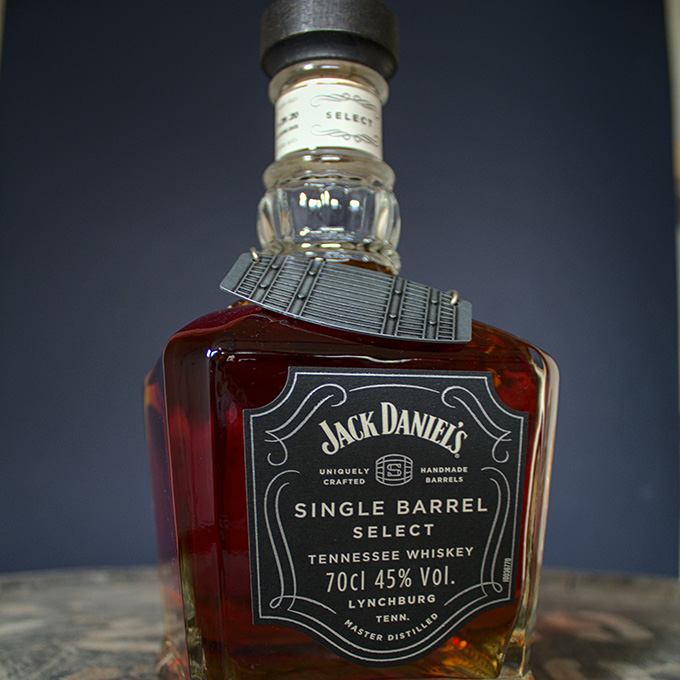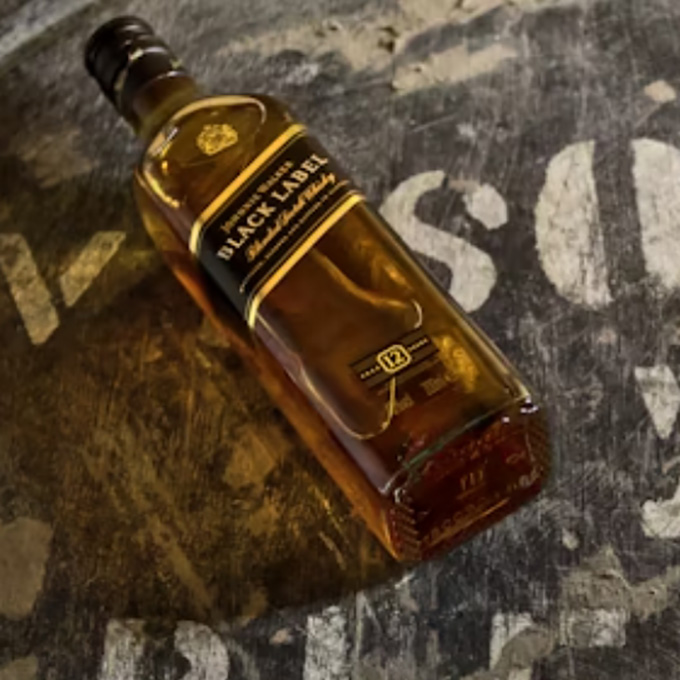If you’ve ever browsed the shelves of a high-end liquor store or scrolled through a luxury auction site, you’ve probably wondered: Why does that whiskey bottle cost more than my rent? From aged Scotch to limited-edition bourbons, some whiskey bottles carry price tags that make even seasoned collectors gasp. But what’s really driving those sky-high numbers? Is it the liquid inside, the brand name, or something else entirely? Let’s pull back the curtain and uncover the secrets behind that expensive whiskey bottle you’ve been eyeing—or avoiding.
When you see a $10,000 whiskey bottle, your first thought might be: This must taste like liquid gold. And while premium aging, rare ingredients, and master distillers play a role, the truth is, the whiskey itself is only part of the story. Think of it like buying a Picasso—you’re not just paying for paint and canvas. You’re investing in history, craftsmanship, and perceived value.
For example, brands like Macallan or Pappy Van Winkle have built cult followings by blending quality with exclusivity. A whiskey bottle from these labels isn’t just a drink; it’s a status symbol. Distilleries often release limited batches (sometimes just a few hundred bottles worldwide) to create artificial scarcity. This “FOMO pricing” drives demand—and prices—through the roof.

Let’s talk about the elephant in the barrel: aging. Whiskey’s value skyrockets the longer it sits in oak casks. Over decades, the spirit interacts with the wood, absorbing flavors like vanilla, caramel, and spice. A 25-year-old whiskey bottle isn’t just older; it’s had more time to develop complexity, smoothness, and rarity.
But here’s the catch: aging whiskey is a risky business. Evaporation (called the “angel’s share”) can drain 2-4% of a barrel’s volume each year. By year 25, nearly half the liquid might be gone. Distilleries offset these losses by charging more for surviving bottles. That’s why a decades-old whiskey bottle isn’t just priced for taste—it’s priced for survival.
Ever seen a crystal decanter with a gold-plated stag head? Or a bottle hand-painted by a renowned artist? Luxury whiskey bottles often double as art pieces. Brands like Dalmore and Royal Salute collaborate with designers, glassmakers, and even jewelers to create packaging that feels more at home in a museum than a bar.
These designs serve two purposes. First, they justify a higher price tag (that Baccarat crystal stopper isn’t cheap). Second, they appeal to collectors who display bottles unopened. For some buyers, the whiskey bottle is the trophy—the drink inside is almost an afterthought.
Humans love a good story, and luxury whiskey brands know it. A whiskey bottle tied to a historic event, celebrity endorsement, or legendary distiller can fetch absurd prices. Take the Macallan 1926, which sold for $1.9 million in 2019. Its value? A mix of age, limited supply, and a backstory involving a famed Italian painter.
Even newer brands lean into storytelling. Smoke Wagon, a Nevada bourbon, gained a cult following by embracing its “rebel” identity and small-batch mystique. When a whiskey bottle has a compelling narrative, buyers aren’t just purchasing alcohol—they’re buying into a legend.
Here’s where things get really crazy. Once a rare whiskey bottle sells out at retail, it enters the secondary market—a playground for investors and speculators. Online auctions, specialty stores, and private sellers often charge 2-10x the original price, depending on hype.
For instance, Pappy Van Winkle’s 23-Year bourbon retails around 300butregularlyresellsforover300butregularlyresellsforover3,000. Why? Part scarcity, part social media frenzy. Platforms like Instagram and YouTube have turned whiskey collecting into a viral hobby, pushing demand (and prices) into the stratosphere.
Let’s bust a myth: A 2,000∗∗whiskeybottle∗∗doesn’tnecessarilytaste10xbetterthana2,000∗∗whiskeybottle∗∗doesn’tnecessarilytaste10xbetterthana200 one. Taste is subjective, and many experts argue that diminishing returns kick in after a certain price point. A 12-year-old Scotch might delight 95% of drinkers just as much as a 30-year-old version.
So why pay up? For some, it’s about exclusivity. For others, it’s the thrill of owning something few ever will. And for a growing number of buyers, expensive whiskey is an alternative investment, like gold or crypto. They’re banking on that bottle appreciating over time—ideally, faster than they can drink it.

Not all pricey whiskeys are created equal. Here’s how to avoid overpaying:
At the end of the day, value is in the eye of the beholder. If you’re chasing unparalleled flavor, a mid-range whiskey bottle might satisfy just fine. But if you’re buying a piece of history, a work of art, or a bragging right? That expensive whiskey bottle isn’t just a drink—it’s an experience, an asset, and a conversation starter rolled into one.
So next time you spot a five-figure price tag, remember: You’re not just paying for whiskey. You’re paying for magic in a bottle.